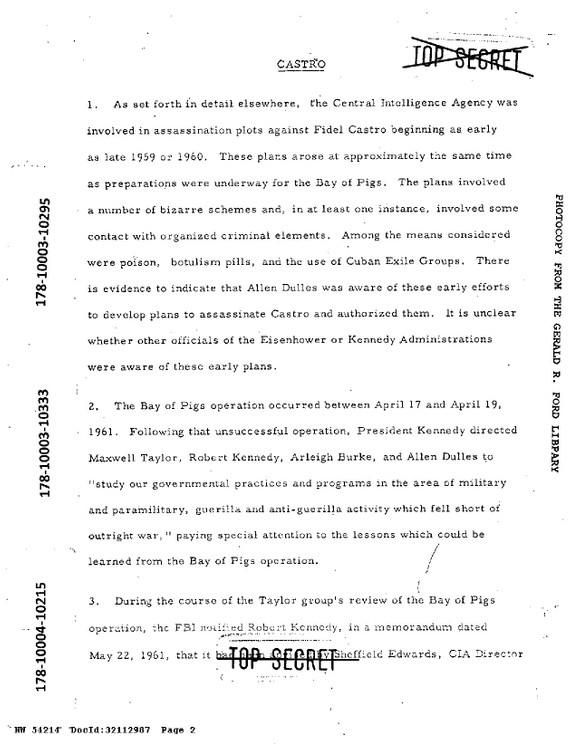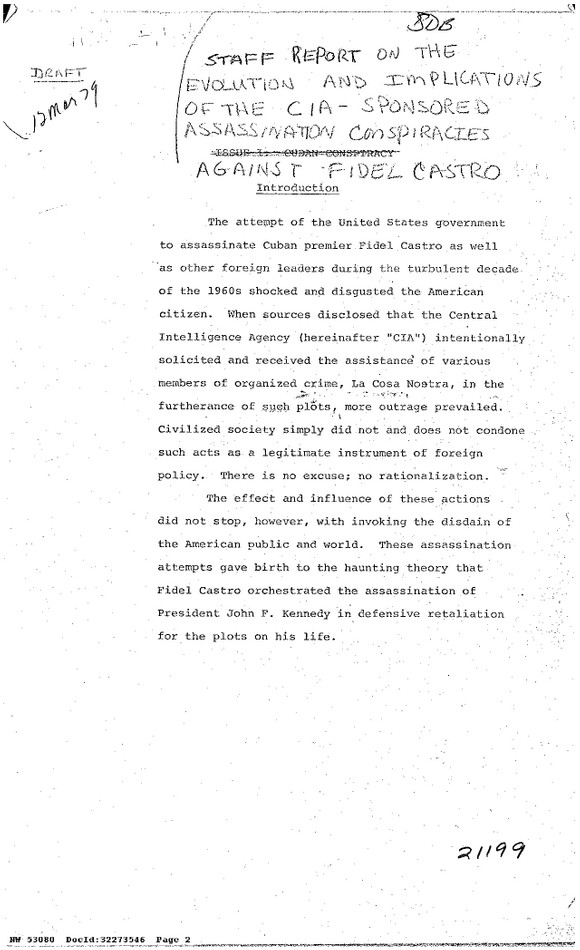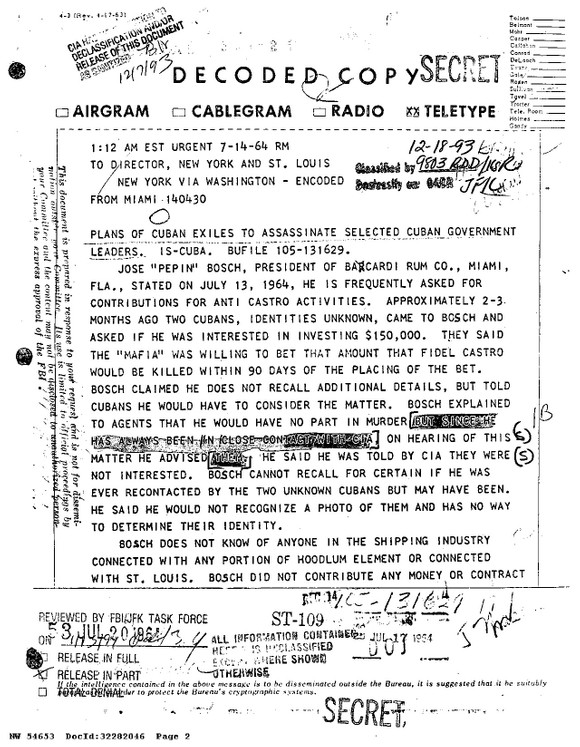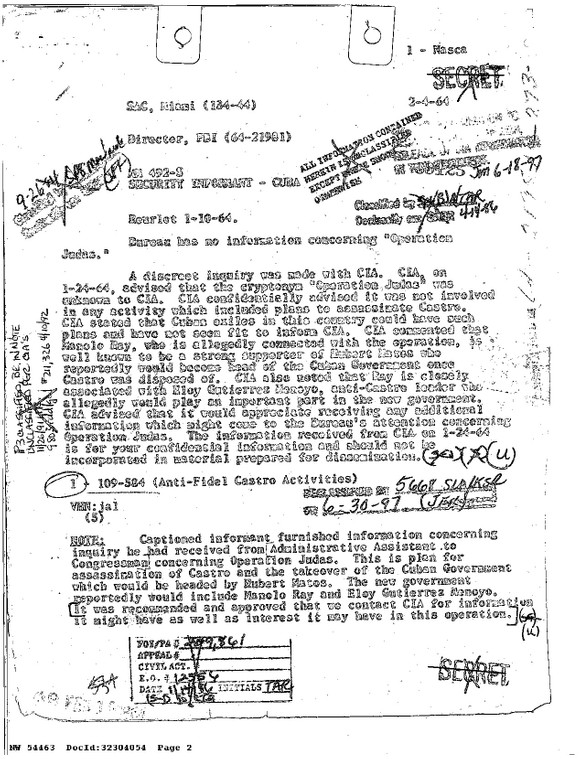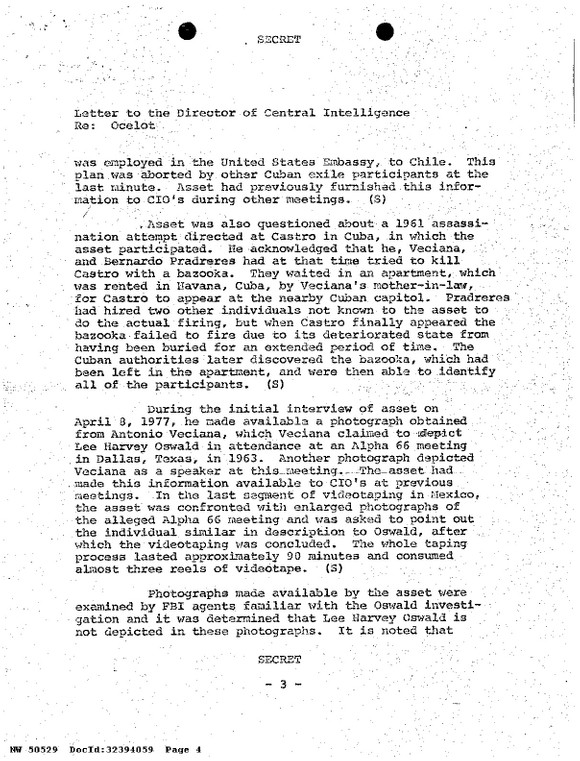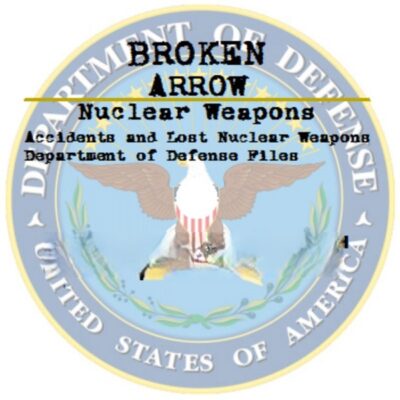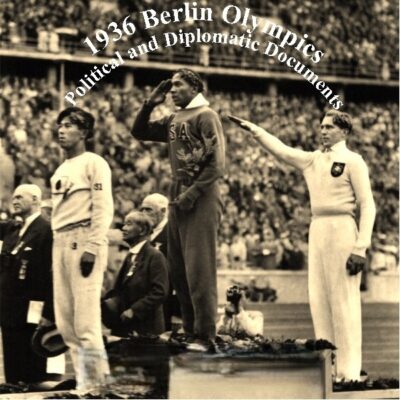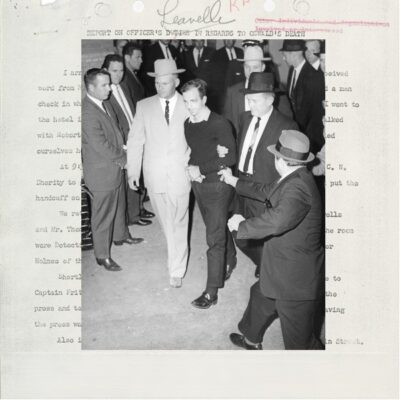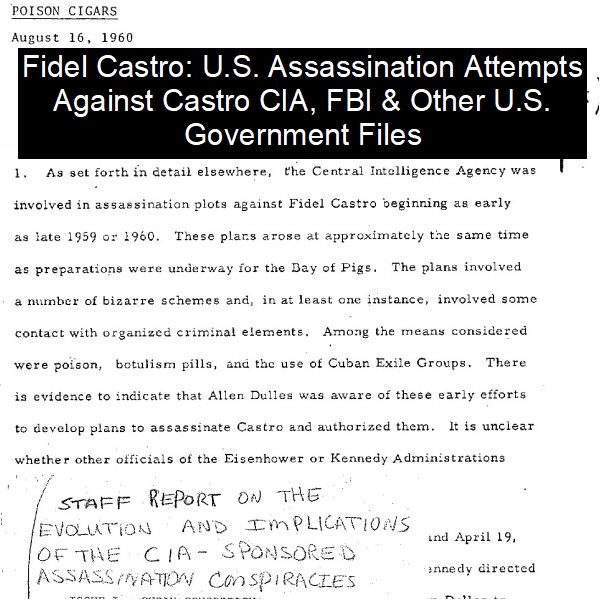
Fidel Castro: US. Assassination Attempts Against Castro CIA, FBI
$19.50
Description
Castro Assassination Plots: A Timeline and Key Figures
Timeline of Main Events Related to Assassination Attempts on Fidel Castro:
- Early 1961: At least two attempts to assassinate Fidel Castro are made. These attempts involve CIA-supplied lethal pills and the involvement of organized crime figures.
- Approximately 1961 (implied): Chicago mob boss Sam Giancana asks a CIA intermediary to arrange for a listening device to be placed in a Las Vegas hotel room. This brings Giancana and his associate John Rosselli to the attention of the CIA.
- May 1962: A CIA briefing is held for then-Attorney General Robert Kennedy. This briefing details a $150,000 CIA offer to the mob to assassinate Fidel Castro. The briefing reveals that the mob insisted on taking the job for free, although $11,000 was paid for expenses. The briefing also covers the failed Bay of Pigs invasion and previous unsuccessful assassination attempts.
- June 2005: Fidel Castro, during a trip to a Venezuelan port city, hyperbolically claims that this may be the only time he has traveled abroad without a plot to kill him underway.
- 2005: Brian Latell, former CIA officer and author, states that Castro has always prioritized his personal security and has built effective intelligence and security services. Latell also suggests that the actual number of assassination attempts is likely much smaller than Castro claims and that many CIA-led attempts were “laughably inept.”
- October 2017: A significant amount of material related to U.S. government efforts to assassinate Fidel Castro is declassified.
- Unknown Dates: Numerous other alleged assassination attempts occur, involving methods such as poison pills, a toxic cigar, exploding mollusks, a chemically tainted diving suit, powder to make his beard fall out, and LSD to cause erratic behavior. Fidel Castro claims to have survived 634 such attempts or plots, primarily orchestrated by the CIA and U.S.-based exile organizations.
- 1975: A U.S. government document details the 1962 CIA offer of $150,000 to the mob for Castro’s assassination.
- Post-May 1962 (implied): Robert Kennedy expresses his unhappiness upon learning about the CIA’s involvement with the Mafia, emphasizing that he was actively trying to combat organized crime and instructing the CIA to consult him first before any future involvement with them.
- Later (implied): John Rosselli and Sam Giancana become victims of mob hits.
Cast of Characters:
- Fidel Castro: The leader of the Cuban Revolution and the Prime Minister (later President) of Cuba. The primary target of numerous assassination attempts orchestrated by the U.S. government, particularly the CIA, and U.S.-based exile organizations. He claimed to have survived 634 such attempts.
- Robert Kennedy: The Attorney General of the United States during the Kennedy administration. He was briefed on the CIA’s involvement with the Mafia in attempts to assassinate Castro and expressed his disapproval due to his own efforts to combat organized crime.
- Sam Giancana: A notorious Chicago mob boss. He and his associate John Rosselli were contacted by the CIA regarding the assassination of Fidel Castro. Giancana initially approached the CIA for assistance with a wiretap.
- John Rosselli: A top lieutenant to Chicago mob boss Sam Giancana. He was also involved in the CIA’s plans to assassinate Fidel Castro. He and Giancana reportedly insisted on carrying out the assassination without payment.
- Brian Latell: A former CIA officer and author of “After Fidel.” In 2005, he provided his perspective on the assassination attempts, suggesting the actual number was likely much lower than Castro claimed and characterizing many CIA efforts as inept. He also highlighted Castro’s focus on personal security.
- Arthur Balletti: A private investigator who was tasked with placing a listening device in a Las Vegas hotel room on behalf of Sam Giancana, after the CIA intermediary passed on the task. The CIA reportedly was unaware of the specific proposed wiretap.
Fidel Castro: US. Assassination Attempts Against Castro CIA, FBI & Other U.S, Government Files
Fidel Castro: U.S. Assassination Attempts Against Castro CIA, FBI, National Security Council, Senate Select Committee Investigating Assassinations, House Select Committee on Assassinations, and Rockefeller Commission on CIA Activities Files
9,929 pages of material related to U.S. Government efforts and influences to bring about the assassination of Fidel Castro. Much the material in this collection was not declassified until October 2017. Much of the material intersect investigations into the assassination of President Kennedy.
Fidel Castro claimed he survived 634 attempts or plots to assassinate him, mainly masterminded by the Central Intelligence Agency and U.S.-based exile organizations. Some of the known attempts involved the use of poison pills, a toxic cigar, exploding mollusks, and a chemically tainted diving suit. Another plan involved giving him powder that would make his beard fall out and so undermine his popularity. There was a plan to use LSD with the hope it would cause him to flail into delusional gyrations during a public appearance.
In June 2005, Castro told a crowd in a Venezuelan port city, that this trip may have been the only time he has traveled abroad when there was no plan afoot to kill him. Such hyperbole was an essential ingredient in the imagery of invincibility and cunning that he promoted about himself.
Brian Latell, former CIA officer and author of “After Fidel,” in 2005 said, “Castro has had no higher priority from the outset of his revolutionary career than his personal security. Once in power he set out immediately to create intelligence and security services, both within and independent of the armed forces controlled by his brother Raul, that have reliably made him one of the world’s most physically invulnerable leaders. When traveling abroad he typically surrounds himself with an entourage of hundreds of elite security and support personnel. Cuban intelligence has long been among the best in the world with a demonstrated ability to ferret out potential threats well before they coalesce.
The actual number of assassination attempts against Castro is unknown, but surely many times smaller than the impression he encourages of CIA and Cuban exile rogues perennially plotting against him. Not a single foreign-based assassination plan is known to have come close to succeeding and most, including all of those hatched in the CIA under pressure from the Kennedy administration, were laughably inept.”
In time the U.S. Government has been more transparent about activities to get rid of Castro.
A 1975 document described the CIA’s $150,000 offer to have Cuban leader Fidel Castro assassinated — but the mob insisted on taking the job for free.
The underworld murder-for-hire contract was detailed in a summary of a May 1962 CIA briefing for then-Attorney General Robert Kennedy. By then, the Kennedy White House had launched its unsuccessful Bay of Pigs invasion of Cuba and several assassination attempts against Castro had failed.
At least two efforts to kill Castro were made with CIA-supplied lethal pills and organized crime-made muscle in early 1961, according to the document. The CIA’s mob contacts included John Rosselli, a top lieutenant to Chicago mob boss Sam Giancana, who weren’t told but guessed the CIA was behind the offer. The pair, later victims of mob hits, said they want no part of any payment — but still, $11,000 in payments were made for expenses.
The mobsters came to the attention of the CIA a year earlier when Giancana asked a CIA intermediary to arrange for putting a listening device in the Las Vegas room of an entertainer he suspected of having an affair with Giancana’s mistress. The task was handed off to a private investigator named Arthur Balletti, who put the listening device in a phone in the hotel room. “The CIA reportedly did not know of the specific proposed wiretap.”
Told later about “everything,” Kennedy was “unhappy, because at that time he felt he was making a very strong drive to try to get after the Mafia.
“So his comment was to us that if we were going to get involved with the Mafia, in the future at any time, to ‘make sure you see me first.’”


